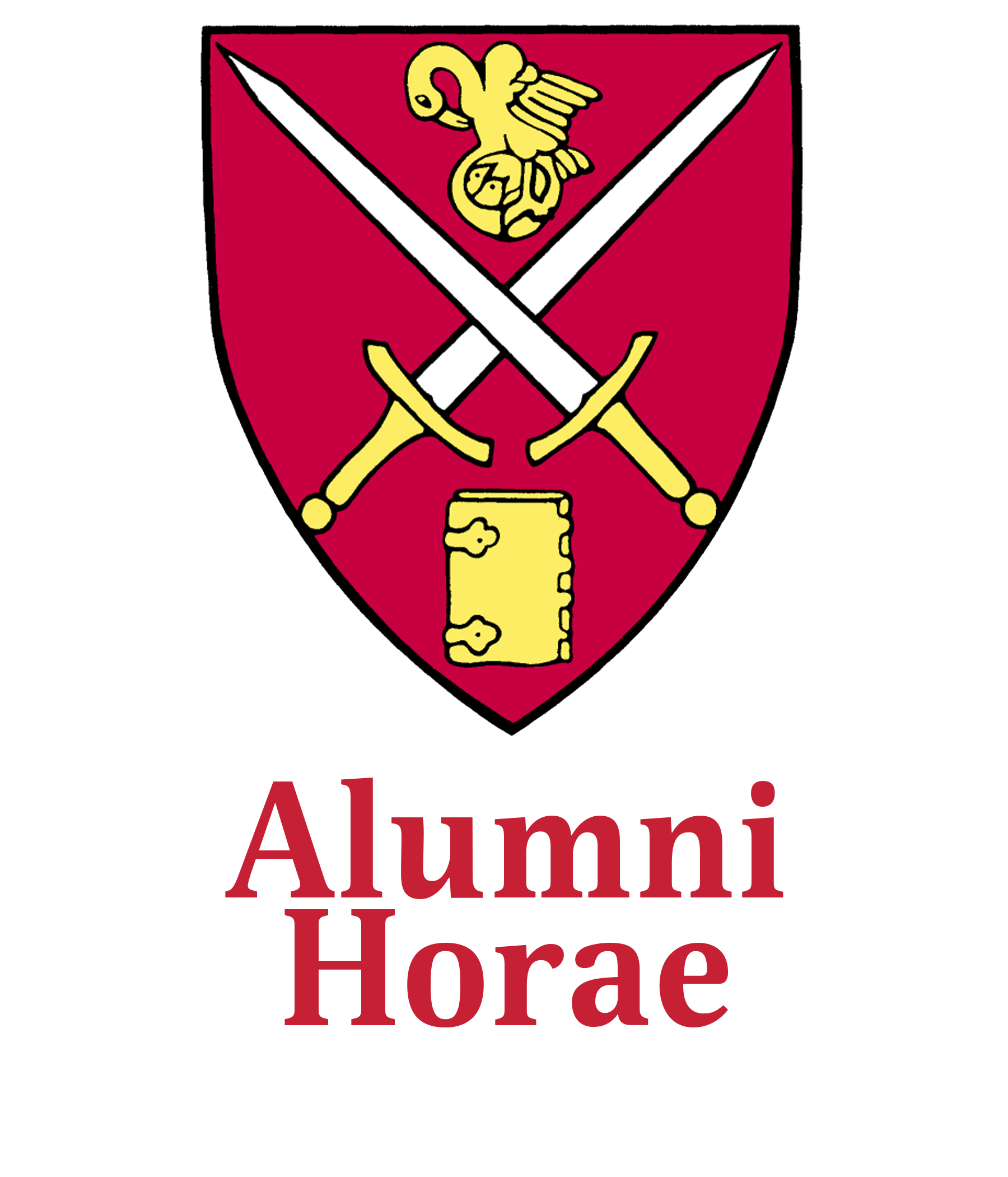Facetime: Forming Healthy Habits
Global health CEO Duncan Van Dusen ’88 makes a case for prioritizing whole child health as a core mission of K-12 schools
The average American elementary school student does not get the recommended amount of physical activity during school hours. And, right now, the COVID-19 crisis is preventing most children from attending school at all. How can teachers and principals find time and make teaching health a priority, and how can parents advocate for it? In his new book (When Are We Going to Teach Health?), Duncan Van Dusen ’88, CEO of CATCH Global Foundation, one of the most implemented youth health education programs in the world, makes a case for prioritizing whole child health as a core mission of K-12 schools.
Van Dusen spoke with Alumni Horae Editor Jana Brown about why health should be a priority in schools, and how it can be accomplished.
What made you interested in children’s health?
I had successful start to my career in the private sector, scaling a high-growth tech company. I also had a family tradition; my dad was in public health and my mom was a K-12 educator. I sold my company in 2005 and thought about what I wanted to do with my life. I thought about how to apply the growth techniques of the private sector to more of a mission-driven organization. The University of Texas school of public health has a specialty in child and adolescent public health, and I got to know world-renowned researchers when I went back to school there. Toward the end of my time, they were wondering how to get CATCH out of the University and on its own. We plotted the formation of the CATCH Global Foundation, and launched it in 2014.
Tell me about the CATCH Global Foundation.
CATCH Global Foundation is a great example of an organization whose purpose is not to provide direct services, but help communities build the capacity to provide services themselves. We keep our health education curriculum up to date with the latest science. One of our jobs is to do training, so schools understand the system for thinking about health.
How do you make it a part of the school culture?
We also raise money for communities to get our curriculum, even if they can’t afford it. CATCH is not about a disease, but about foundational health practices, including exercise, a healthy diet, and tobacco avoidance. Staying healthy physically helps to avoid severe effects of communicable diseases like COVID-19.
What is the ideal implementation of the CATCH health program?
It’s at the school district level. The key is to make sure it’s institutionalized; it can’t be one person’s project. A lot of our work deals with how to form a school wellness team. Who’s on it? What are their roles? My book describes some of the social cognitive theory, which is very simple – monkey see, monkey do. It’s about getting adults to understand how to model wellness and a positive attitude toward health. For example, going into a principal’s office and seeing a giant bowl of candy welcoming you is not a healthy behavior reflex. The real point of the book is that health can help you in your job as an educator, and it’s scientifically proven that being healthy makes you a more productive learner.
What does success look like for a school that implements your program?
It’s about developing systems for accountability. There needs to be some amount of time in the day for broadly construed health education. That means sports or physical education and ideally some in-classroom education. It means there is an information environment about health – healthy eating posters in the cafeteria, art projects about painting fruits and vegetables, celebratory events, health fairs, family fun nights. Some schools have fruity Fridays, water bottle Wednesdays, students bring their favorite fruit or vegetable to school, or the principal dresses like a banana. Making health fun and having that attitude is a part of it. There isn’t a school in America that doesn’t have the time or money to have kids make a poster about health.
Why is it important to create a culture of wellness, especially now?
In the era of COVID, the connections between physical health, mental health, and immune health are probably more obvious than ever because one’s physical health is immune-protective and also a very powerful antidepressant and mood regulator. It’s hard enough to establish that if kids aren’t healthy, they can’t learn. Now, if kids aren’t healthy they literally can’t be in school. If that isn’t enough evidence, when is there going to be a better time?
What are some tips for educators on how to create and maintain a healthy school environment?
My recommendation for all educators is to participate in the process. Why isn’t the principal playing floor hockey in gym? Just modeling this is fun, and participating has a huge impact on kids. Health is social. It should be fun. When we look at the required course of study in school, are we valuing health? That’s what we need to explore.



